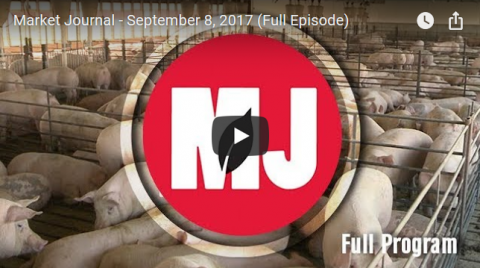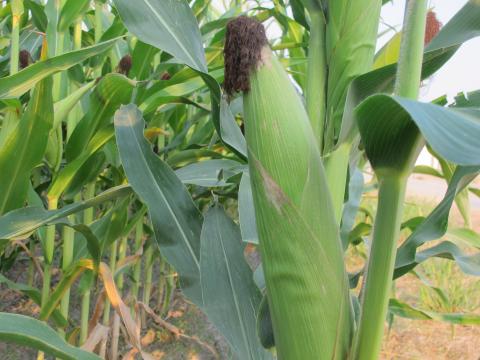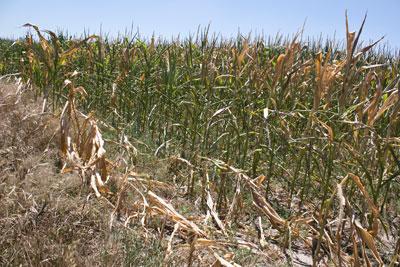Making Silage from Late-Season Hail-Damaged Corn
August 29, 2018
For corn growers with cattle or whose neighbors have cattle, making silage from late-season hail-damaged corn can be a good option. Here's what to consider.
Market Journal on Cover Crops and Weed Control, Drones, and Making Silage
September 8, 2017
View segments from the Sept. 8 Market Journal, including one with Nebraska Extension Cropping Systems Specialist Rodrigo Werle on cover crops and weed control.
Is Your Corn Worth More as Grain or Silage?
August 29, 2017
Silage or grain? When making the decision about harvesting drought- and hail-damaged corn, farmers should consider several factors. Calculations here can help you determine the end value for both uses.
Correct Timing Makes the Best Silage
August 17, 2017
Correct moisture and timing are critical to making good silage. Too wet and the product may be sour and less palatable. Too dry and it may be hard to pack and store. Just right and you'll make good feed and more profit.
Estimating the Full Value of Crop Residue
August 11, 2017
If you're considering cutting drought-stressed corn or sorghum for silage, you might want to take a second look at its nutrient value to the next crop if left in the field.
Planting Cover Crops after Silage Offers Several Benefits
August 10, 2017
Planting cover crops after silage harvest offers several benefits, including reduced erosion from wind and water, biomass production and possible income.
Should You Hay or Cut Silage from Drought-Damaged Corn Fields
July 28, 2017
Drought conditions across much of Nebraska will limit grain yields in dryland corn this year, leading growers to look at other options for harvesting value from these fields. In some cases, harvesting this plant material may contribute to nutrient and water removal from the soil and may not be the best solution for your rotation or cropping system.
Making Silage from Dry Corn
July 28, 2017
Most dryland corn fields may be too dry for making the best silage. Dry silage is difficult to pack well enough to force out all the oxygen and it often spoils, lowering its energy and protein digestibility. It also can heat up, leading to spontaneous combustion fires.




